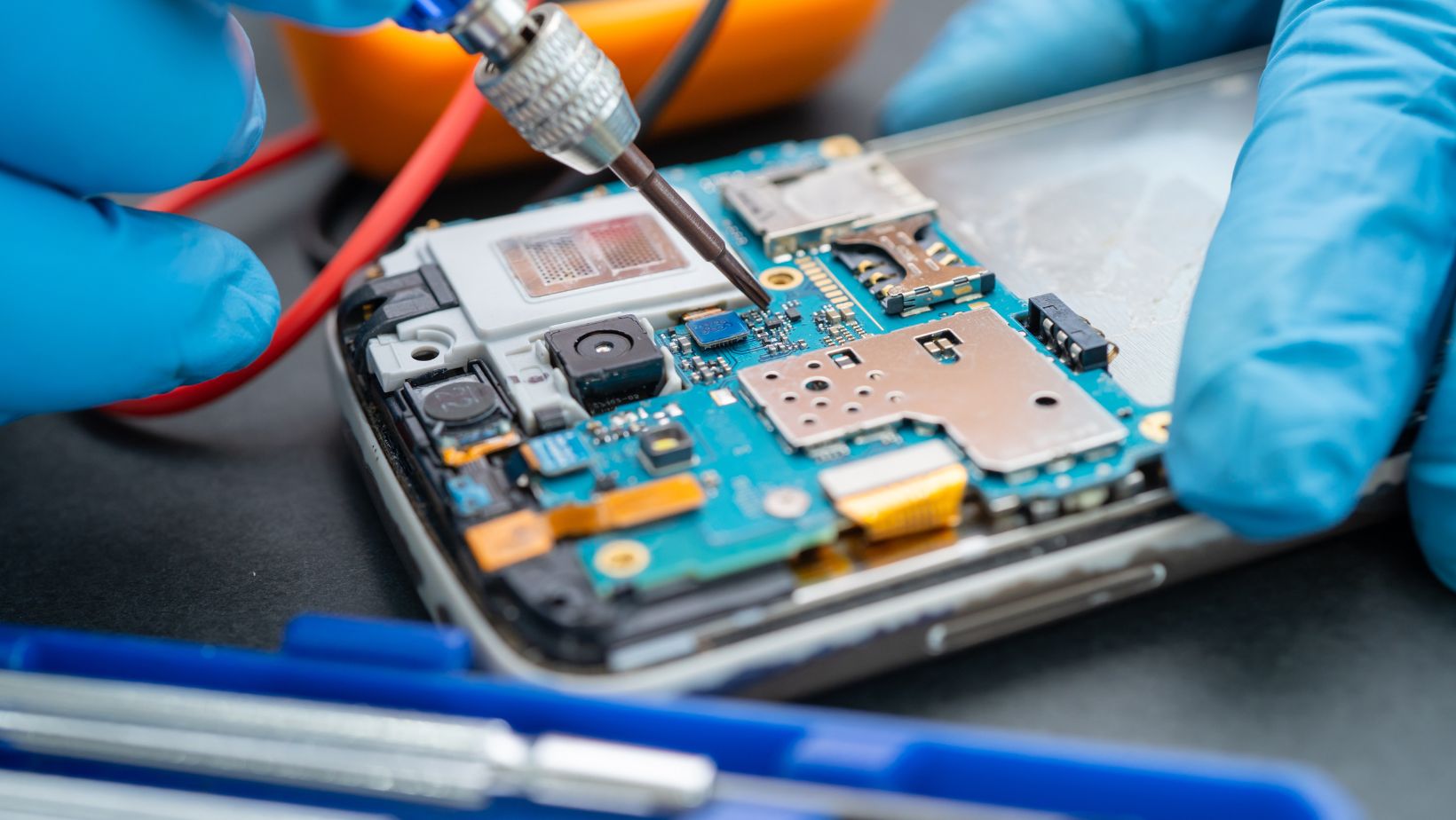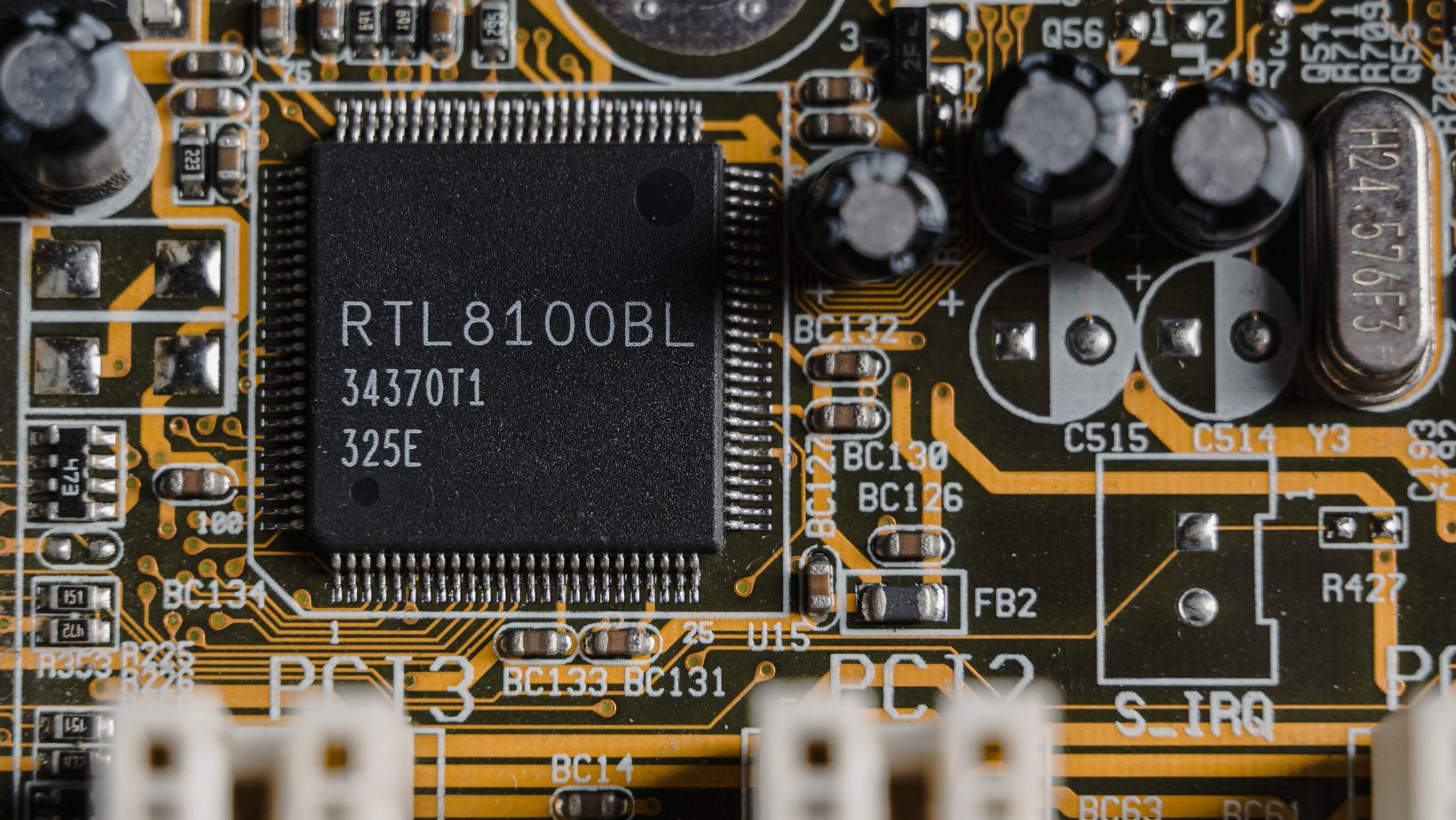
In today’s fast-paced technological landscape, electronic devices have become an integral part of our lives. From smartphones to medical equipment, automobiles to household appliances, electronic components are the building blocks that power and enable these innovations. These components are the fundamental elements that allow devices to function effectively, and their significance cannot be overstated. Equally important are the suppliers of these electronic components, as they play a crucial role in ensuring the availability, quality, and innovation of these essential elements.
The Foundation of Technology
Electronic components are the microscopic heroes that enable the macroscopic marvels of technology. Semiconductors, resistors, capacitors, and integrated circuits are just a few examples of the vast array of components that come together to create the sophisticated systems we rely on daily. Transistors, for instance, are the backbone of digital logic, serving as switches that form the basis of all computational processes. Without these components, the complex devices we take for granted would simply cease to function.
Diverse Applications
The reach of electronic components extends far beyond personal gadgets. Industries such as healthcare, aerospace, automotive, and telecommunications heavily rely on these components for critical applications. Medical devices like MRI machines and pacemakers rely on precision components to ensure accurate diagnoses and life-saving interventions. In the automotive sector, electronic components contribute to safety systems, efficiency enhancements, and entertainment features, transforming vehicles into smart, interconnected machines.
Innovation and Miniaturization
Advancements in component design and manufacturing largely drive continuous innovation in electronics. As components become smaller, faster, and more energy-efficient, devices can offer enhanced performance and new functionalities.
This trend, often referred to as Moore’s Law, has paved the way for innovations like wearable technology, Internet of Things (IoT) devices, and augmented reality experiences. Electronic component suppliers are at the forefront of this innovation, constantly pushing the boundaries of what’s possible.
The Role of Component Suppliers
Electronic component suppliers play a pivotal role in the electronics ecosystem. They bridge the gap between manufacturers and designers, ensuring a smooth supply chain that delivers quality components to various industries. These suppliers maintain extensive catalogs of components, making it easier for engineers and designers to source the needed parts for their projects. Additionally, they provide valuable support by offering technical information and data sheets and even collaborating on custom solutions for unique applications. AGS Devices stands out as a prime example of a reliable electronic components supplier, consistently delivering quality components to industries worldwide.
Quality and Reliability
The reliability of electronic components is of paramount importance, especially in applications where malfunctions can have serious consequences. Reputable suppliers understand the significance of providing components that meet stringent quality standards. They often undergo rigorous testing processes to guarantee the durability and performance of their products. This commitment to quality not only enhances the longevity of devices but also minimizes the risk of costly recalls and repairs.
Global Supply Chain
The world of electronics is a global endeavor, with components often manufactured in one region, assembled in another, and distributed worldwide. Electronic component suppliers contribute to this intricate supply chain by coordinating the movement of components across borders. Their ability to manage logistics, navigate trade regulations, and optimize delivery times ensures that manufacturers have access to the necessary components, regardless of their location.
Environmental Considerations
As the electronics industry continues to grow, the importance of sustainable practices cannot be ignored. Electronic component suppliers have a responsibility to address environmental concerns related to production processes, materials sourcing, and waste management.
Many suppliers are investing in eco-friendly initiatives, such as recycling programs, energy-efficient manufacturing, and the reduction of hazardous substances in their products, contributing to a more sustainable electronics ecosystem.
Conclusion
In the ever-evolving landscape of technology, electronic components serve as the bedrock upon which innovation is built. They empower devices with previously deemed impossible capabilities, revolutionizing industries and improving lives. Electronic component suppliers, as key players in this ecosystem, ensure the availability of these essential building blocks while upholding quality standards and driving innovation forward. As we look to the future, the partnership between technology creators and component suppliers will continue to shape the world of electronics, pushing the boundaries of what’s achievable and bringing new possibilities to fruition.












